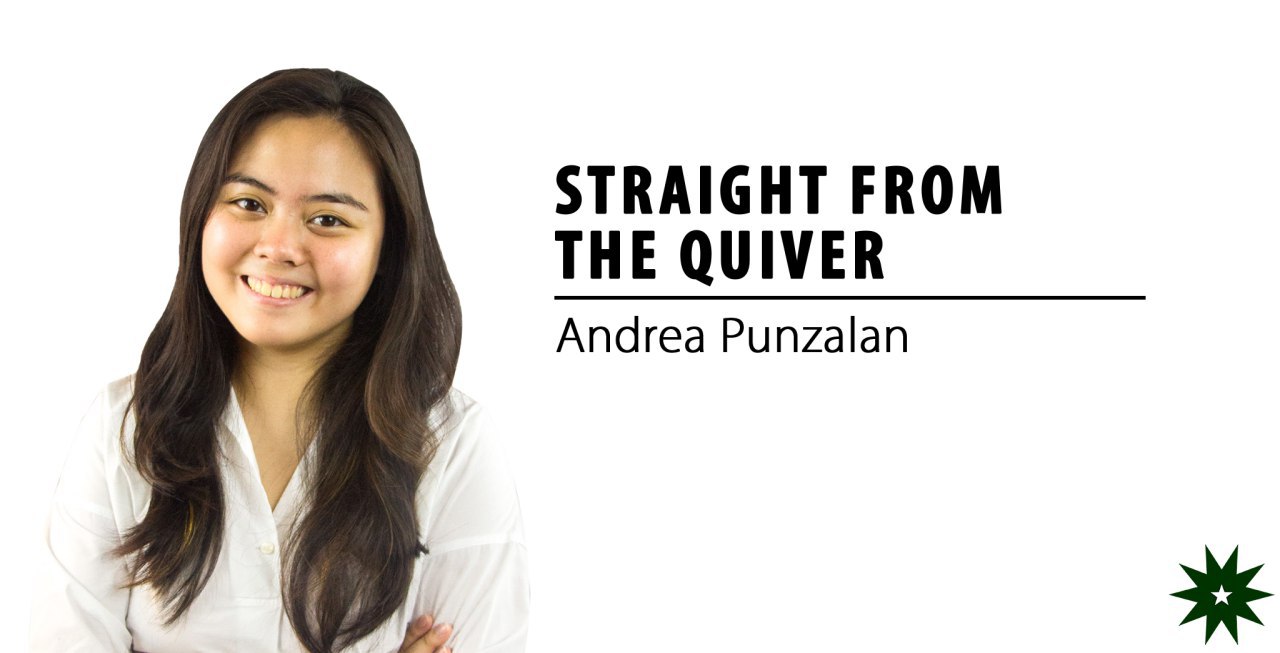Business cases are normal in the College of Business. However, there are some case analyses that leave you with a certain type of feeling. It leaves you with a lingering question, or maybe with an impression that you have a mission to fulfill.
In my Corporate Social Responsibility and Governance class, we were assigned the case of the Rana Plaza Workers. In April 24, 2013, the eight-storey garment factory Rana Plaza in Dhaka, Bangladesh collapsed, which cost the lives of 1,134 workers, injuring more than 2,000 people, comprising mostly of young women and children.
While reviewing the facts about this case, I was struck that 29 international brands sourced clothing from this factory. Learning that these brands were famous, some luxurious even, I began to think. How is it that these companies were not able to support the factory that housed the manufacturing process of their products? Upon my research, I stumbled upon the most likely culprit: fast fashion.
According to an article from The Guardian, fast fashion is a term used by retailers for clothes that are taken from the runway and given to the masses in the shortest possible amount of time. Fast fashion is the reason why we are able to get trendy clothes for such a good price. However, in reality, the global fashion industry is harming our planet, as well as those who are part of its supply chain, in an unprecedented manner.
The fast fashion industry undeniably strains our environment. According to a report from the Ellen Macarthur Foundation, the carbon footprint of textile production from 2015 was greater than the carbon dioxide equivalent of operations of international flights and shipping combined. Our statistics for waste is no better. It is estimated that more than half of the fast fashion materials produced around the world is thrown out in under a year. The new shirt that you got for sale will only be worn for around 10 times, and then what?
Not a lot of good things can be said about the ethics in the working environment of fast fashion either. Aside from overcrowded factories with outdated wiring and blocked fire exits, these workers are extremely underpaid. Instead of earning USD 100 to cover bare necessities, they earn a minimum wage of USD 68 per month. Given that there was a surging growth in Bangladesh’s garment sector, accounting for 80 percent of its exports and more than 10 percent of its gross domestic product, these workers are valued way less than their contribution. People making these clothes have to work for long periods of time for very low wages in possibly the most horrible working environment and conditions.
There are still companies that campaign for fair trade. Companies that engage in this process assure consumers that the person making their clothes are actually paid what they deserve, and are treated how they should be. But not all companies are like this; not everyone takes into account their employees’ well-being.
Personally, shopping is something I love to do; it’s therapeutic and I believe any person at this day and age would agree. But how can you feel so happy with these new purchases if you knew where it came from? How would you feel knowing that there are people who don’t get paid enough to make your clothes? I honestly did not easily move on after these new found realizations about fast fashion.
Following our presentation of facts and issues, we proposed the alternatives the company could go for. Our first alternative was for the company to engage in providing products sourced from organic materials to lessen the notion of mass production. The group also pitched that these high-end fashion brands should go into clothing rental services. After presenting, I’m left with the question, “What now?” I know that it is indeed going to be hard to deviate from buying clothes in the mall especially if they are discounted for 70 percent, but this is a change I’m willing to make. It’s really all about the decisions you make and how you choose to act on the problems and issues that surround me today. If more people knew the truth, there would be more fair trade buyers and we would be able to increase awareness of what is really going on in the fashion industry. The whole situation left me with thoughts I can only better answer in time. Do I play a part in this unethical and environmentally destructive trade? How will I contribute to the existing movement to create better practices for our workers and planet instead? And more importantly, what can I do to change not just myself but others as well? The situation not only presented these predicaments, but, to this day, begs for answers to these questions.

